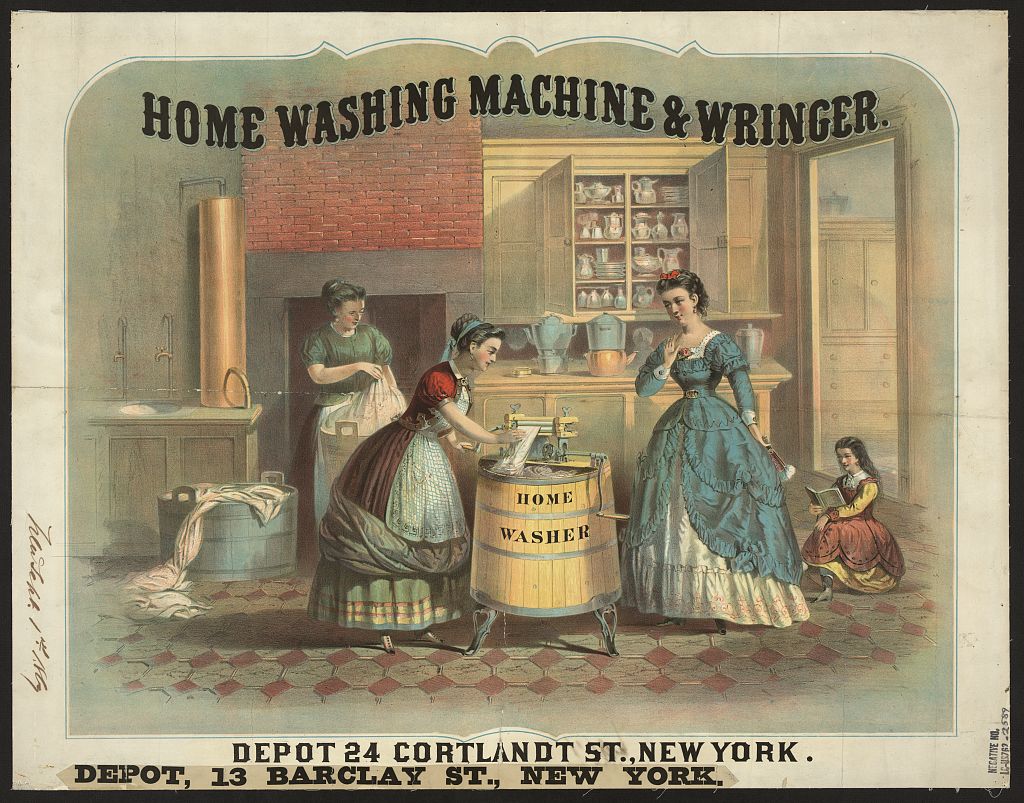“There is no great invention, from fire to flying, which has not been hailed as an insult to some god…

Insert Coin to Pray
Insert Coin to Pray
There is no great invention, from fire to flying, which has not been hailed as an insult to some god
J. B. S. Haldane 1924
“Daedalus; or, Science and the Future”
Julia and John are talking about the following article:
Old World, High Tech


- Cottonbro from Pexels
- Maria Pop from Pexels
In this post the dialogue is realised by an interaction of virtual characters, for more information please check the page “Virtual characters“
Julia
Hi John! Cho told me you were working on something interesting … 😊
John
Hi Julia, yes, that’s right, on the link between science and sci-fi
Julia
Perhaps I can be of assistance …? I’ve taken a class of history of literature specializing in sci-fi
John
Sounds interesting, we might be able to use that 😏
Julia
Yes, I was thinking, perhaps it makes sense to look at predictions that already have come true?
John
Not exactly what we are looking for, but it might be good to have as supplementary materials
Julia
OK, so, you sometimes see Frankenstein as the first sci-fi book, but actually sci-fi is much older …
John
Indeed, I’ve seen that claim a lot in the materials I’ve been looking at
Julia
Well, it might depend on how you define and classify things, but
Julia
there’s already androids and empires at war in space in ancient greek literature
Julia
flying machines and mechanical birds in India, entire mechanical cities and a robot horse in Arabia
John
Whoa, hold your horses! That is a lot! 🤗 Yes, I get why you thought this was relevant
Julia
Great! These aren’t exactly futuristic predictions however …
John
Indeed, so that makes it a bit harder to take up in this piece … but …
Julia
But? 🤔
John
maybe send me something on ancient science fiction and we’ll see about a supplementary article
Julia
Wow, thank you! I will certainly do that! 😊
John
It would be really great if you can link it up with actual science somehow …😊
Julia
I’ll try to do that. Actually there’s quite a few ancient books on mechanical devices and programmable automata
Julia
They even had something like an animatronic theater and … vending machine
John
Now that is cool! 😊 That’s the type of things we’re looking for: anticipations of recent technology
Julia
I’ll get to work then!😊
John
Thanks for contacting me, I look forward to your article.
… Continue reading our conversations that are posted every Saturday …
Related post
Total posts on the argument
Insert Coin to Pray
These are not the Robots you are looking for
They’re neither a traditional robot nor a known species of animal. It’s a new class of artifacts… novel living machines
The Computer and The Brain… they like to Sing a Song
I’m dead, my body is dead but I still live… I am this machine… these racks of apparatus are my brain, which is thinking even as yours is
Life Imitating Science
Writers can tell children about rocket ships and time machines but … How children will confront these issues as adults?
Where is my flying car?
Computing devices in our pocket, Live video chats, Voice commands … The future is already here … it’s just not very evenly distributed


 (4 votes, average: 4.25 out of 5)
(4 votes, average: 4.25 out of 5)



















:format(webp):no_upscale()/cdn.vox-cdn.com/uploads/chorus_asset/file/3518126/OrdinaryWheelmenWoman.0.jpg)

